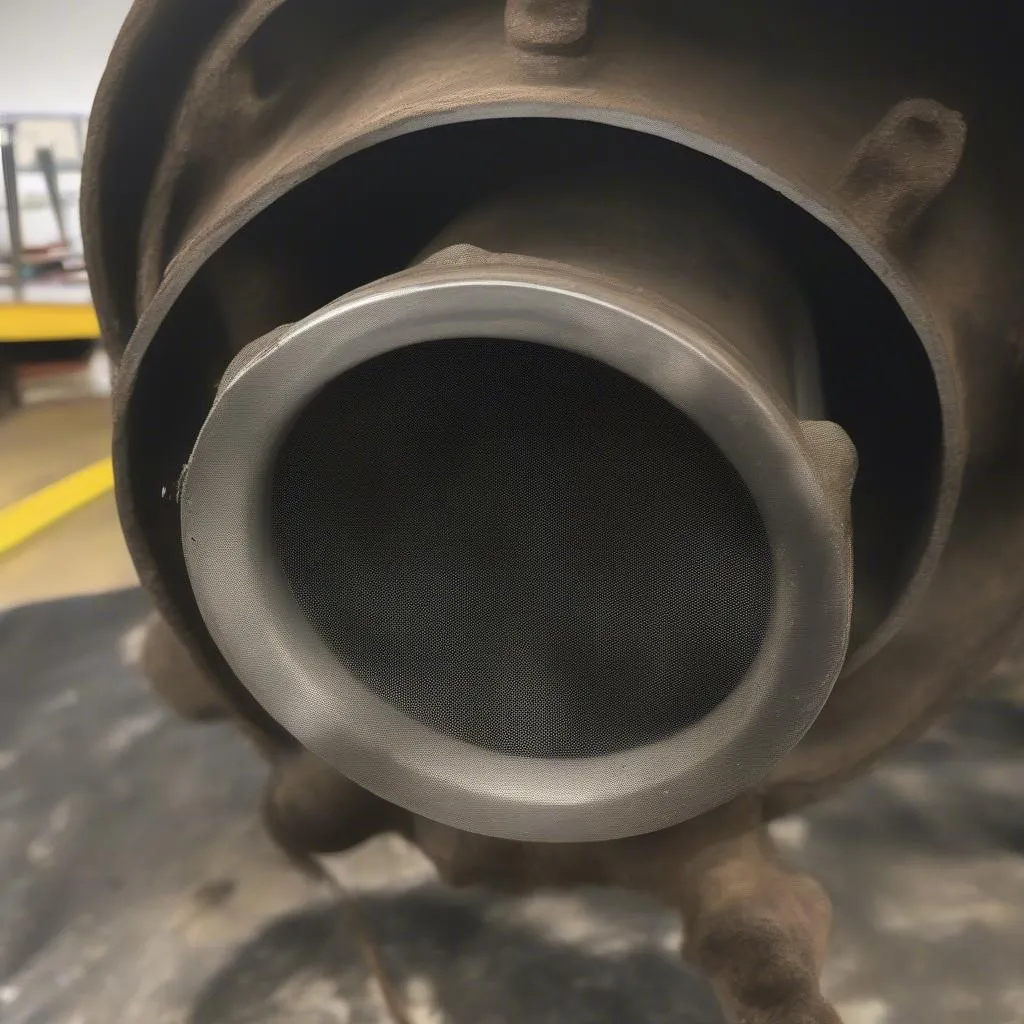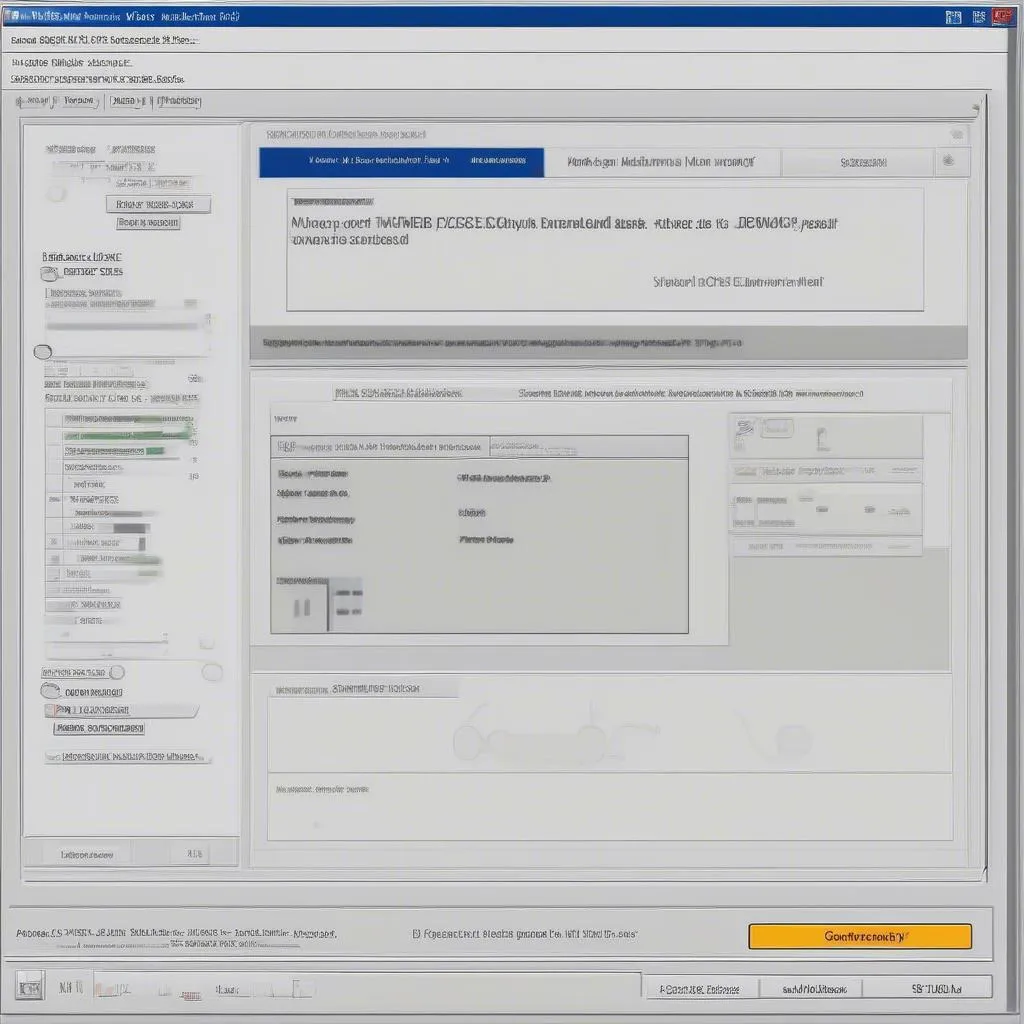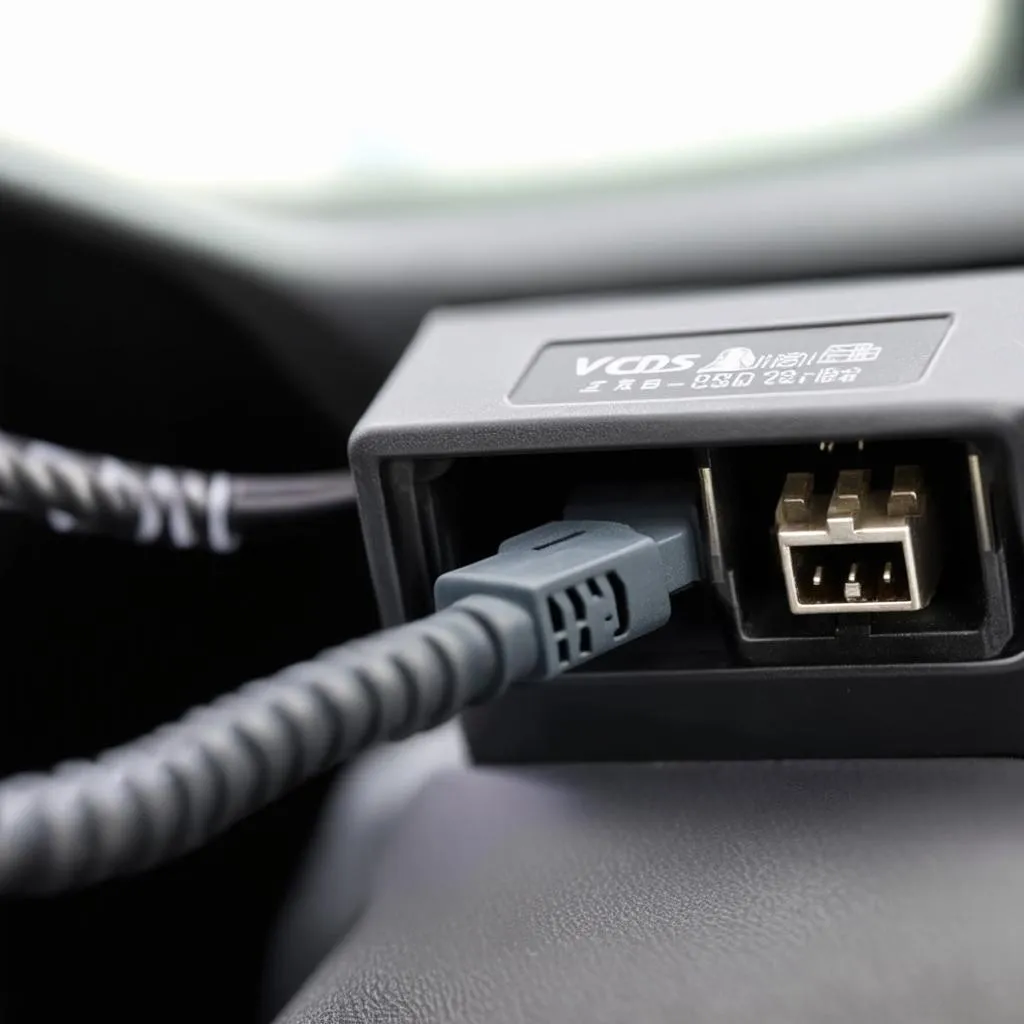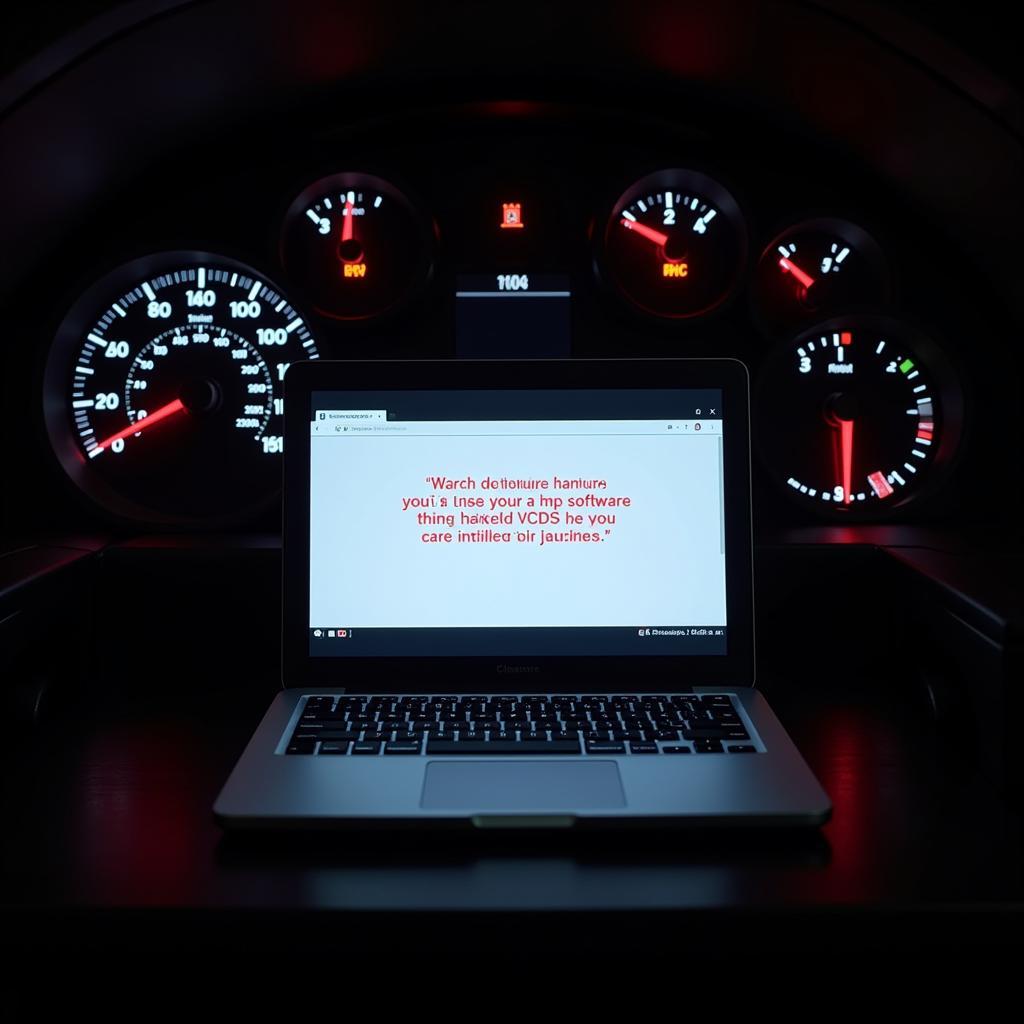Are you experiencing issues with your vehicle’s Diesel Particulate Filter (DPF)? Perhaps you’ve come across the term “DPF delete VCDS” during your search for a solution. This article delves into the world of DPF deletes, particularly focusing on the role of VCDS (Vag-Com Diagnostic System) in this process.
## Understanding DPF and DPF Delete
Before we delve into the specifics of using VCDS for a DPF delete, let’s clarify what a DPF is and why someone might consider deleting it.
A DPF is an essential component of modern diesel vehicles designed to trap harmful soot particles from the exhaust gases, reducing emissions and promoting cleaner air. Over time, the DPF can accumulate soot, requiring a regeneration process to burn it off. However, repeated issues with DPF regeneration can lead to costly repairs and downtime.
 Diesel Particulate Filter
Diesel Particulate Filter
This is where the concept of a DPF delete comes in. It involves physically removing the DPF from the exhaust system and using software, often VCDS, to reprogram the vehicle’s Engine Control Unit (ECU) to prevent it from detecting the DPF’s absence.
## The Role of VCDS in DPF Delete
VCDS is a powerful diagnostic and modification tool for vehicles in the Volkswagen Audi Group (VAG). It allows users to access and modify the vehicle’s ECU, making it popular for tasks like:
* **Reading and clearing fault codes:** VCDS can identify and clear diagnostic trouble codes related to the DPF system.
* **Monitoring DPF parameters:** You can use VCDS to monitor real-time data like soot load, DPF temperatures, and regeneration status.
* **Forcing DPF regeneration:** In some cases, VCDS can initiate a manual DPF regeneration cycle.
 VCDS Interface
VCDS Interface
**However, it’s crucial to understand that VCDS alone cannot perform a DPF delete.** While it can read and clear codes, it cannot rewrite the complex maps and tables in the ECU required to eliminate DPF functionality entirely. Dedicated DPF delete software, often referred to as “tunes,” is needed for this purpose.
“Think of VCDS as a diagnostic tool and DPF delete tunes as the specialized software. You wouldn’t use a screwdriver to hammer a nail, would you?” says John Miller, an automotive electronics specialist and author of “Modern Automotive Diagnostics.”
## Is DPF Delete Legal?
**It’s essential to understand that in many regions, including the United States, tampering with emissions control systems like the DPF is illegal for on-road vehicles.** Removing the DPF can lead to:
* **Legal consequences:** Fines and penalties for violating emissions regulations.
* **Voided warranties:** Modifying the emissions system can void your vehicle’s warranty.
* **Increased emissions:** DPF delete leads to higher levels of harmful pollutants released into the atmosphere.
## Alternatives to DPF Delete
If you’re experiencing DPF problems, consider these alternatives before opting for a DPF delete:
* **DPF Cleaning:** Professional cleaning can restore the DPF’s functionality.
* **Addressing underlying issues:** Faulty sensors, injectors, or other engine problems can cause DPF issues and should be addressed.
* **Driving habits:** Frequent short trips can prevent the DPF from reaching optimal regeneration temperatures.
## FAQs about DPF Delete VCDS
**Q: Can I use VCDS to turn off the DPF light?**
A: VCDS can clear the DPF light after addressing the underlying issue. However, if the problem persists, the light will reappear.
**Q: Will a DPF delete improve performance?**
A: While some claim a slight performance increase, the primary gains are often related to eliminating regeneration cycles and potential DPF-related issues.
**Q: I’m having trouble with my DPF. What should I do?**
A: Start by getting a professional diagnosis using a tool like VCDS to pinpoint the problem. From there, you can explore appropriate solutions with a trusted mechanic.


